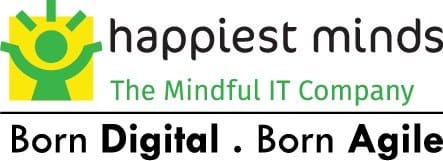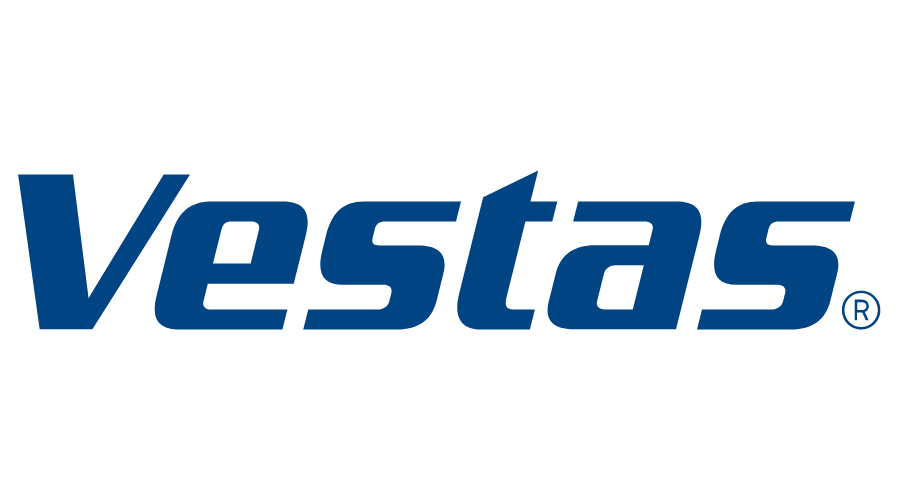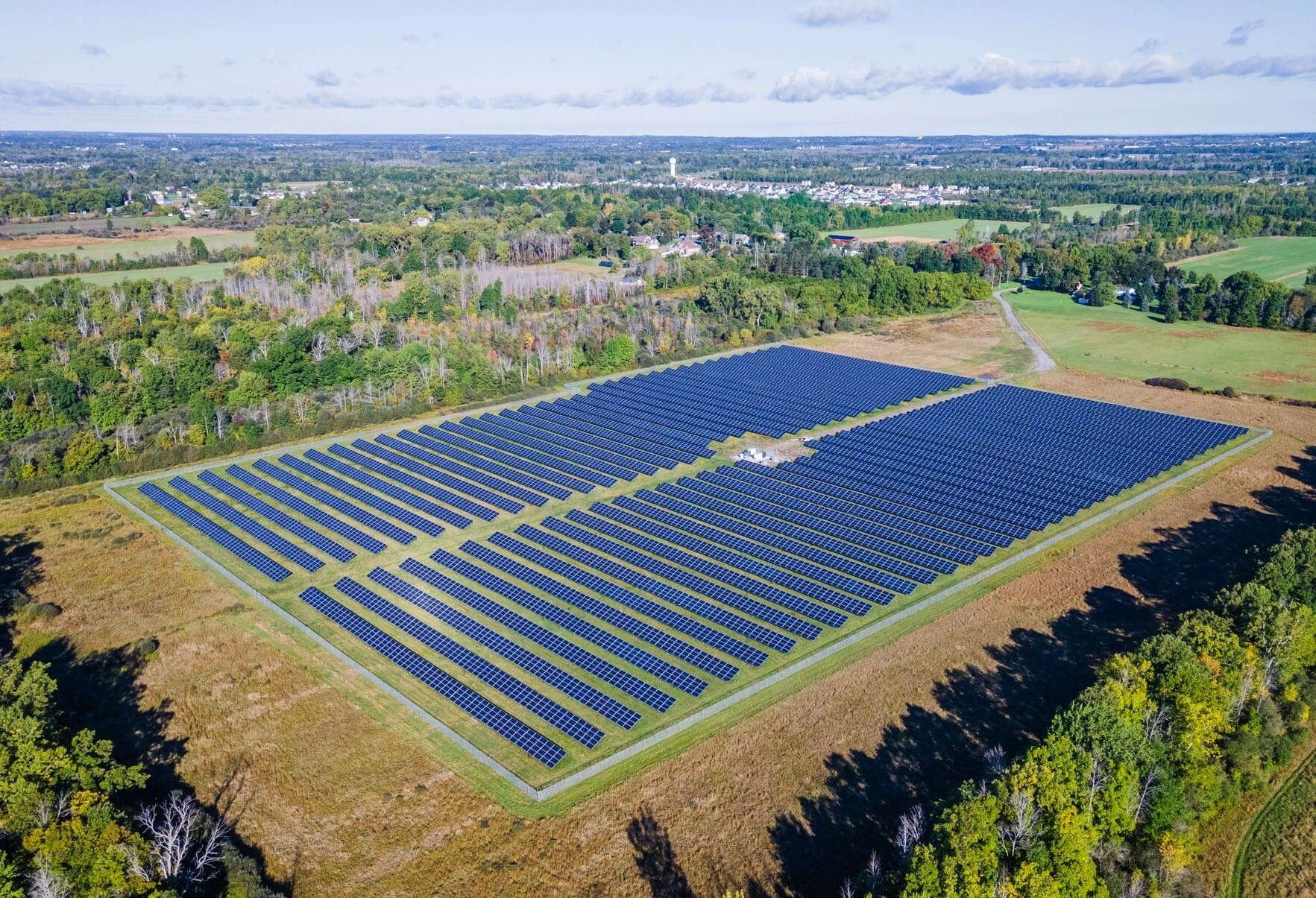
Nintendo has released its latest corporate social responsibility (CSR) report. Similar to an ESG report, Nintendo’s report demonstrates the company’s commitment to comply with relevant laws and regulations, develop products, and address environmental issues. “Nintendo has always strived to reduce our environmental impact, and that starts with our product development and design,” said Shuntaro Furukawa, representative director and president of Nintendo Co. Ltd. “As part of our ongoing work in this area, we collect and publish data related to our environmental impact and activities. In recent years, focus on environmental issues such as climate change and marine plastics has further increased, and the movement toward finding solutions is accelerating around the world, as represented by international frameworks like the Paris Agreement. We will work to tackle these environmental challenges as we look ahead to the future.”
Greener Offices
Nintendo of Europe (Germany) recently moved its European headquarters within the city of Frankfurt, Germany. The primary focus of the move was on employee participation, functionality, and environmental protection. To realize this, interdisciplinary committees were established. For example, the Interior Committee decided on all materials and furniture used, while the Media Committee designed the concept for meeting rooms from a multimedia perspective to enable efficient use of video conference systems and other equipment. The new office utilizes many environmentally sustainable materials such as carpeting made from recycled fishnets.
Nintendo Australia followed a similar path. To reduce its environmental footprint within the building, it installed new solar films on external windows that improve heating and cooling efficiency and lighting options that turn off when areas are not occupied. According to Nintendo, these measures boost environmental performance in the office.
Nintendo’s Environmental Push
Nintendo feels that one of its most important responsibilities is to protect the environment and provide a healthy planet for future generations. Nintendo Co. Ltd. (Japan) has established an Environment Committee and implemented an Environmental Management System based on the ISO 14001 certification. Each of its overseas subsidiaries also has its own committee to proactively promote environmental activities in each region.
Nintendo’s environmental push includes a new eco-friendly product design, energy saving, and facilitating of product recycling and overall waste reduction.
Eco-Friendly Design
Nintendo has established an effort to reduce its environmental burden by complying with the environmental laws of each country as a matter to be adhered to in the development of video game systems and accessories.
Energy-Saving
Nintendo is improving the energy efficiency of its products.
Facilitation Of Product Recycling And Overall Waste Reduction
Nintendo is designing products for safety and easy disassembly, displaying information on material used for recycling assistance after disassembly, reducing the use of composite materials, using more materials that contribute to resource conservation, and considering ways to minimize the end-of-life environmental impact of its products.
One example of resource-conserving material is the use of vegetable ink and non-volatile organic compound (VOC) ink in printed items. Vegetable ink uses soybean oil instead of the petroleum-based solvents used in ordinary ink. Paper using vegetable ink readily decomposes even if disposed of in a landfill. It also has additional water- and energy-saving benefits because of the ease of separating paper and ink when making recycled paper. According to Nintendo, non-VOC ink is even more environmentally friendly than vegetable ink, with petroleum-based solvent content of less than 1%. Nintendo uses vegetable ink and non-VOC ink as much as possible for game labels on physical software and for hardware packaging.
Green Procurement
Nintendo’s latest environmental focus is centered around what it calls “green procurement.” Green procurement includes compliance with internal chemical substance control standards (to ensure no toxic chemical substances are included in the component parts used to develop video game systems and accessories). In the procurement of parts for video game systems and accessories, Nintendo gives special consideration to ensuring that chemical substances toxic to humans or the environment are not included in its products. Nintendo has established its own chemical substance control standards to promote Green Procurement practices by referencing the RoHS Directive and the REACH Regulation in Europe, and toy regulations in countries around the world.
Nintendo procures component parts for video game systems and accessories that satisfy internal chemical substance control standards (green parts) from production partners who are required to verify their compliance with green procurement requirements (green suppliers). In addition, when necessary, Nintendo will test the products and component parts from green suppliers internally to confirm they fulfill the requirements of chemical substance control standards.
Chemical Substance Control Standards
Nintendo established environmental control standards to control substances in its video game systems and accessories and component parts that can potentially have an effect on safety and the natural environment. Regulated substances are called environment related substances, and are placed into three ranks: banned substances, restricted-use substances, and substances under application control.
Certification Standards For Green Suppliers
Nintendo certifies manufacturers as “green suppliers” by reviewing the substance management process of each manufacturing site at the office or factory. Although this mainly involves reviews of written documents and reports, Nintendo will also conduct on-site inspections to check the manufacturing sites of production partners when necessary. Additionally, Nintendo may ask them to make specific improvements to their manufacturing processes.
Certification Standards For Green Parts
To certify parts as “Green Parts,” production partner’s green suppliers submit a “Certificate of Non-Use of Banned Substances” to show that their parts or materials comply with Nintendo’s chemical substance control standards. A designated internal division also verifies the validity of the certificate content.
















